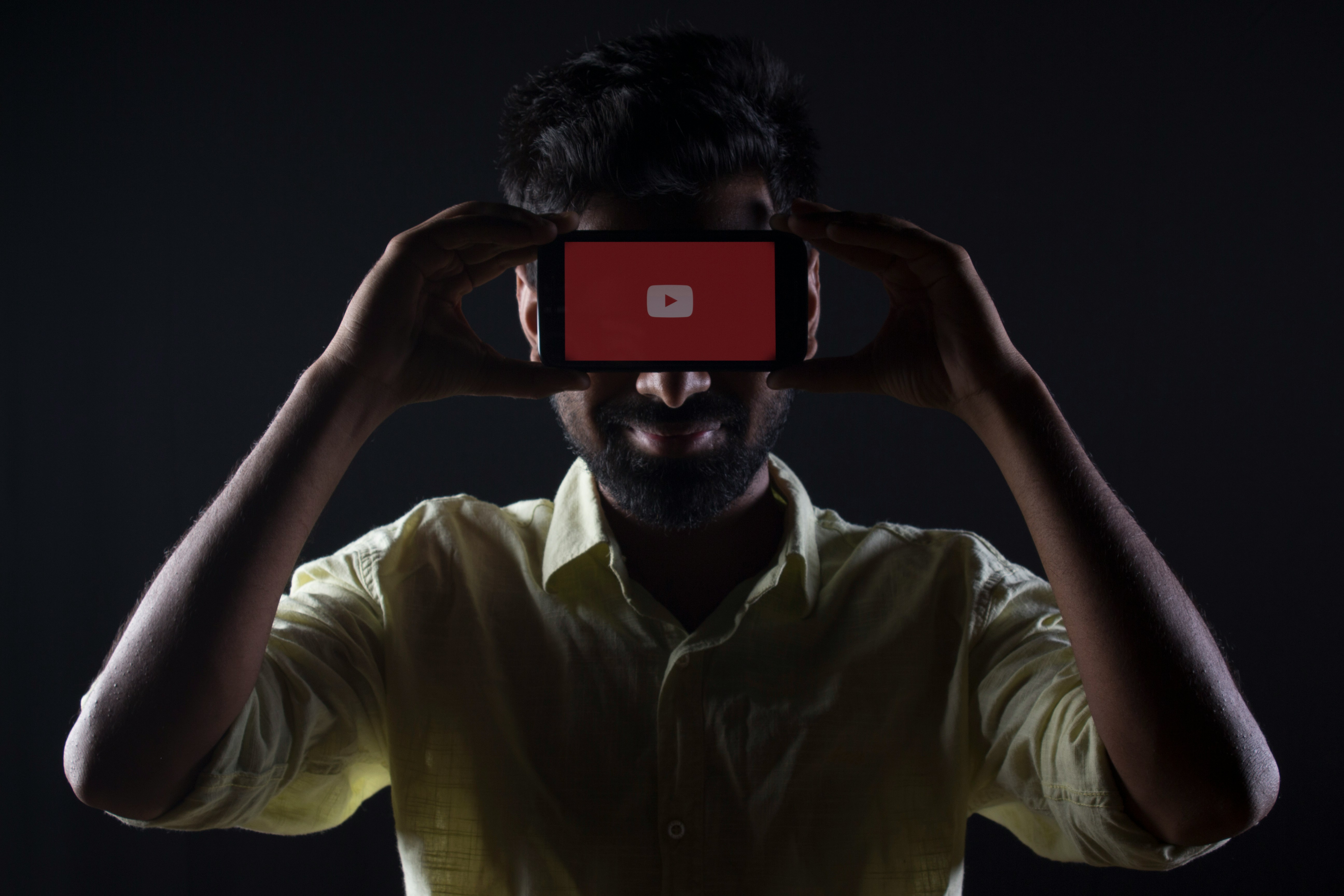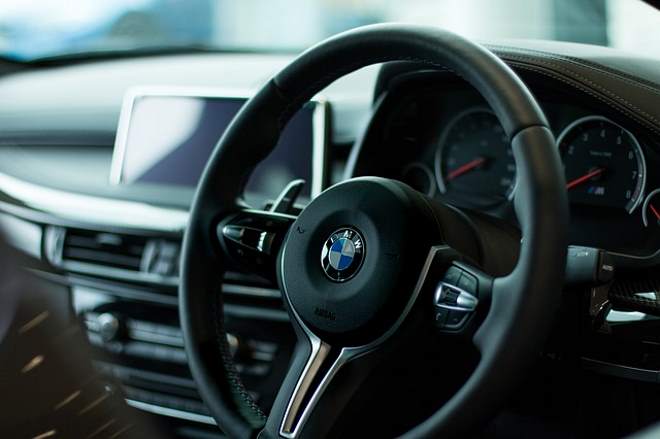Nurturing the Digital Canvas: The Flourishing of Digital Art in the Modern Era
In an era where technology permeates every aspect of our lives, the field of art has not been left untouched. Digital art, once relegated to the fringes, is now taking center stage in the world of creative expression. This article delves into the evolution of this medium, examining its current state and the impact it is making on the art world.

The Genesis of Digital Art
Digital art can trace its origins back to the 1960s when artists began using technology as a tool to create and manipulate their work. The early pioneers of this movement, like Harold Cohen and Lillian Schwartz, used computers to generate abstract patterns and shapes, creating a new form of artistic expression. This era marked the beginning of digital art’s journey, a journey that would see it evolve from novelty to mainstream medium.
The Emergence of Digital Art in the Mainstream
The rise of the internet in the 1990s provided digital artists with a global platform. Artists started to explore the possibilities of the digital canvas, using software to create intricate designs and animations. This era saw the creation of digital paintings, graphic designs, and computer-generated imagery (CGI) for films and video games.
The Current State of Digital Art
The advent of blockchain technology has given digital art a new lease on life. The creation of Non-Fungible Tokens (NFTs) has provided a platform for digital artists to sell their work, often for astronomical sums. Artists like Beeple, whose digital artwork sold for $69 million at Christie’s, have become household names.
The Impact of Digital Art
The impact of digital art extends far beyond the art world. In the entertainment industry, it has revolutionized film and video game production, with CGI becoming a staple in these fields. In the world of fashion, digital artists are creating virtual clothing lines and accessories. Digital art is also making waves in the realm of education, with many institutions now offering programs dedicated to this medium.
The Future of Digital Art
With the rise of virtual reality (VR) and augmented reality (AR), the future of digital art looks promising. Artists are already experimenting with these technologies, creating immersive art experiences. As technology continues to evolve, the boundaries of what can be achieved with digital art will continue to expand.
Digital art has come a long way from its humble beginnings. It has broken free from the confines of the physical world, providing artists with a canvas that is only limited by their imagination. As we move further into the digital age, it will be interesting to see how this medium continues to evolve and shape our cultural landscape.






